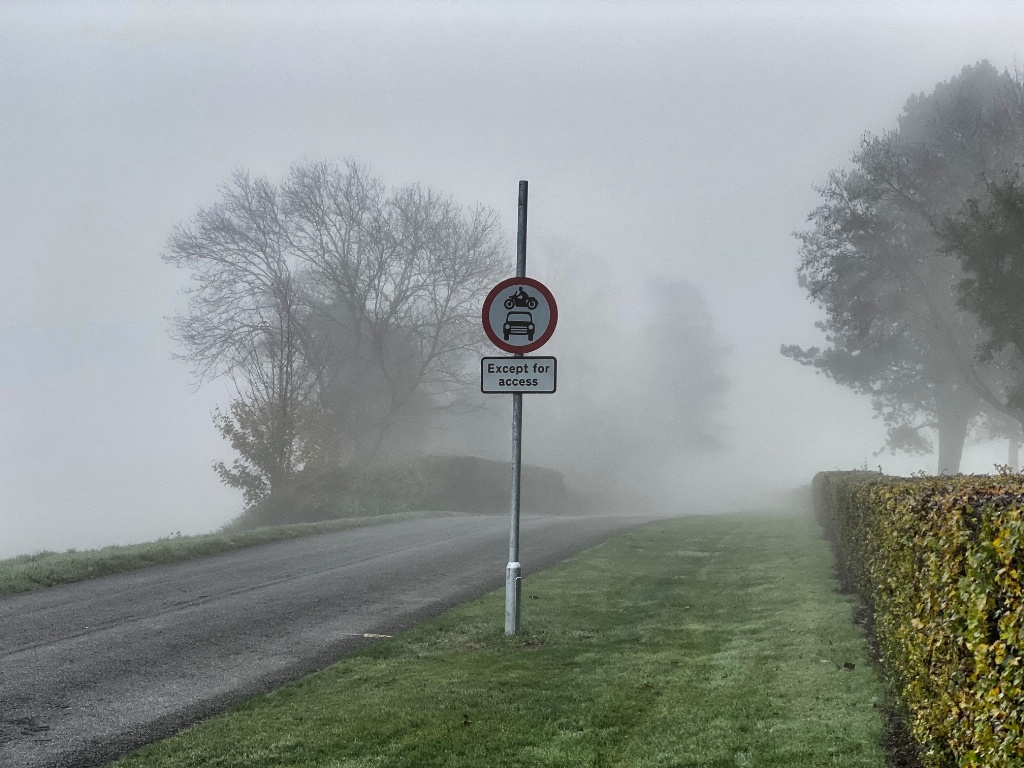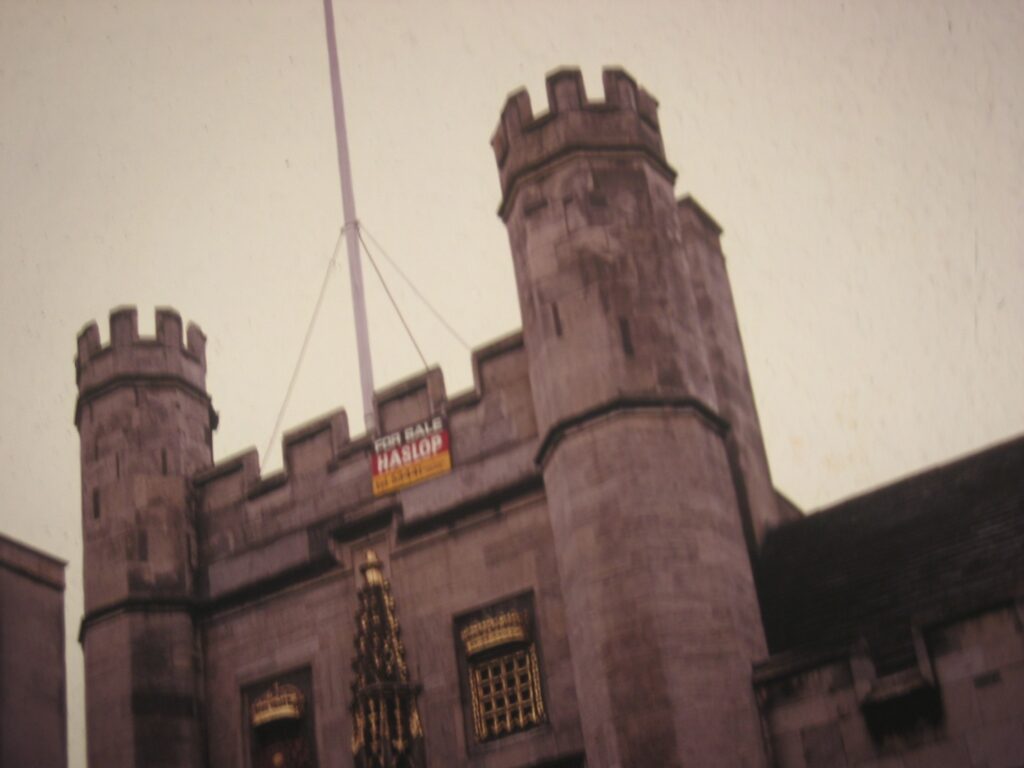Cyclists only
The road on which we cycle in to town has been closed to motor vehicles in a radical experiment. Suddenly, cycling is even more pleasant than before. And quieter. And safer.
Quote of the Day
”It’s not the voting that’s democracy. It’s the counting.”
- Tom Stoppard
That’s Trump’s modus operandi.
Musical alternative to the morning’s radio news
Tuba Skinny | Jubilee Stomp | Royal Street I
Long Read of the Day
Everyone’s Over Instagram
If you’re not on Instagram and suffering from FOMO, cheer up. There’s good news on the way, and Kate Lindsay is the bearer of it.
Earlier this fall, while riding the subway, I overheard two friends doing some reconnaissance ahead of a party. They were young and cool—intimidatingly so, dressed in the requisite New York all black, with a dash of Y2K revival—and trying to figure out how to find a mutual acquaintance online.
“Does she have Instagram?” one asked, before adding with a laugh: “Does anybody?”
“I don’t even have it on my phone anymore,” the other confessed.
Even just a couple of years ago, it would have been unheard-of for these 20-something New Yorkers to shrug off Instagram—a sanctimonious lifestyle choice people would have regretted starting a conversation about at that party they were headed to. But now it’s not so surprising at all. To scroll through Instagram today is to parse a series of sponsored posts from brands, recommended Reels from people you don’t follow, and the occasional picture from a friend that’s finally surfaced after being posted several days ago. It’s not what it used to be…
Sic transit gloria mundi etc. I joined Instagram when it started, because some of my photography buddies thought I should. I lasted about two weeks before I realised that it was basically an addictive scrolling machine. And I was only following reputable photographers like the Magnum collective. So I quit. Ever since then I regularly receive emails from Instagram saying how they miss me and can even make it easy for me to repent.
It’s interesting to see how it’s become passé, though, which is why this essay is worth your time.
Tacit knowledge (contd.)
The subject of ‘tacit knowledge’ in yesterday’s edition clearly struck a chord with some readers, which is gratifying because I regard it as a radically undervalued phenomenon that is relevant to all aspects of the computerisation of work, and of course to many of the arguments currently going on about so-called ‘AI’.
Anthony Barnett (Whom God Preserve) wrote to say that the concept of tacit knowledge “was first developed as a working concept by Mike Cooley in his book Architect or Bee back in the 70s”. I haven’t read it but Anthony, who wrote the Foreword to the 1987 reissued edition of that book book, obviously knows Cooley’s thinking well.
I suppose that the qualification “working concept” may make Anthony’s claim for Cooley accurate, but “tacit knowing” — the idea that there is knowledge that cannot be adequately articulated by verbal means — is usually attributed to Michael Polyani’s 1968 book, Personal Knowledge, and some people have argued that it even goes back to a paper that the Oxford philosopher Gilbert Ryle read in 1945 to the Aristotelian Society in London.
Simon Roberts, who used to work for the semiconductor giant Intel, wrote to say that
“your point about tacit knowledge in chip making made me think of my time at Intel in Leixlip where the relocation teams spent the lion’s share of their time moving large numbers of Fab
[i.e. fabrication']engineers from location to location to ‘enskill’ local teams in a new Fab process. At any one point they were re-settling 50 odd people (and their families) from Israel to Leixlip, and then in time moving the Leixlip team to Arizona or Portland to bring the next team up to speed. They could ‘copy exactly’ the fabs but it was the people they needed to make the new equipment faultlessly churn out the wafers.”
Which supports the arguments made both by Harry Collins in his study of TEA-lasers, and by Chris Miller in his book on the politics of semiconductor manufacture.
Some readers were understandably puzzled by the idea that two companies of which they had never heard — ASML and TSMC — should somehow be the choke-points of the modern world. This is conventional wisdom for those of us who follow the tech industry, but it was remiss of me not to remember that most people have better things to do than follow this stuff.
For them, here’s a quick briefing.
ASML — Advanced Semiconductor Materials Lithography — is a Dutch company founded in 1984 which develops and makes the photolithography machines that are used to etch the most advanced silicon ships at the heart of all our computing devices. As Wikipedia puts it,
In these machines, patterns are optically imaged onto a silicon wafer that is covered with a film of light-sensitive material (photoresist). This procedure is repeated dozens of times on a single wafer. The photoresist is then further processed to create the actual electronic circuits on the silicon. The optical imaging that ASML’s machines deal with is used in the fabrication of nearly all integrated circuits and, as of 2011, ASML had 67 percent of the worldwide sales of lithography machines.
ASML is the most valuable company in Europe, with a stock-market valuation of around $200 billion.
TSMC is the Taiwan Semiconductor Manufacturing Company and the world’s leading ‘silicon foundry’. According to Wikipedia,
TSMC is the first foundry to provide 7-nanometre and 5-nanometre (used by the 2020 Apple A14 and M1 SoC, as well as the MediaTek Dimensity 8100) production capabilities, and the first to commercialize extreme ultraviolet (EUV) lithography technology in high volume.
The idea of an iron-age concept like ‘foundry’ being applied to this extraordinary firm sounds quaint. But in a way it’s metaphorically accurate. Most advanced semiconductors (CPUs, graphics cards, etc.) are designed by companies like Apple in their Western redoubts. But they do not actually make the chips which embody their designs. Instead, they outsource the formidably demanding task of manufacturing them to foundries, of which TSMC is the pre-eminent one. The fact that TSMC is physically based in Taiwan — which the Chinese Communist Party regards as rightfully being a part of mainland China — is a matter of extreme concern to the West world. If the company’s fabrication facilities were to be destroyed in a Chinese invasion of the island, then the entire world would rapidly feel the effects on its IT infrastructure and development.
My commonplace booklet
Yesterday’s photograph of the front gate of Christ’s College reminded Andrew Ingram of a photograph of the same gate taken in 1979 with an interesting sign attached. The image is a bit blurry, but you get the message. There’s no knowing what students will get up to.
This Blog is also available as a daily email. If you think that might suit you better, why not subscribe? One email a day, Monday through Friday, delivered to your inbox. It’s free, and you can always unsubscribe if you conclude your inbox is full enough already!


